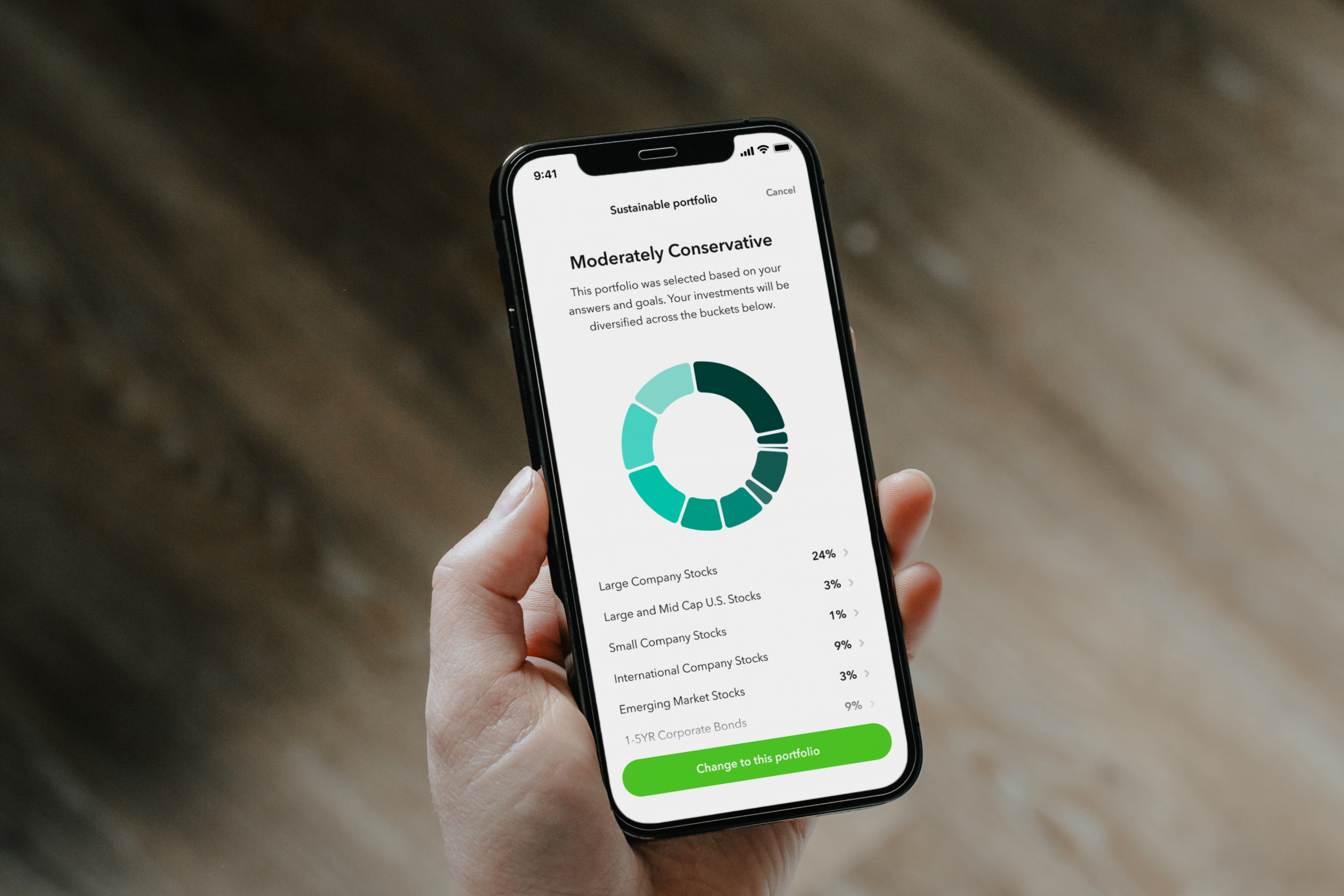It’s Time to Start a New Habit in Retirement Savings
by: Eric Sondergeld
7/19/2023
It’s well known that Americans as a group are not doing a great job saving for retirement. There are many forces working against the typical American worker. A partial list includes:
- Lack of access to a retirement savings plan at work – this affects nearly one third of private industry workers.[1]
- When retirement savings options do exist, not every employee participates. Three in four private industry workers participate, resulting in only about half of workers participating overall.
- It’s relatively easy to take money out of these plans, especially after leaving a job.
- The frequency of job changes leads to fragmented savings, where consumers end up with multiple smaller accounts rather than one larger one.
At the same time, the retirement industry is promoting in-plan income options. These options will ultimately have more value if workers save more and have most or all of their retirement savings in one place, which could be the retirement savings plan at the employer they ultimately retire from. So, how do we make that happen?
A study by the UBC Sauder School of Business determined that more than 2 in 5 workers “leaked by cashing out 401(k) savings at job separation, most draining their entire accounts.”[2]
Imagine if, instead of cashing out participant balances, recordkeepers encouraged terminated participants to roll their balance – no matter how large or small – to their new employer if they have switched jobs. Also imagine that when a new employee arrives at a new job, they are encouraged again to roll their retirement plan balance from their previous employer to the new employer’s plan. They could even encourage IRAs to be rolled over.
While this is easier said than done, the benefits are potentially very large, including:
- Increased saving. Participants would be able to accumulate their retirement savings together.
- Less leakage. A reduced chance of cash-outs upon job termination.
- Meaningful income source. More of their money would end up at their final employer’s plan before retirement, enabling them to generate more meaningful income from institutionally priced income options.
- Better access to advice. With most or all savings in their final employer’s plan, they will more likely have access to quality advice to make retirement planning decisions.
Many changes would need to take place to facilitate plan-to-plan transfers:
- Reduce the occurrence of automated cash-outs of small balances. Currently, IRS rules allow plans to “cash out” participants who leave an employer with a balance of up to $5,000. The distributions must be put into an individual IRA, though those with less than $1,000 can be paid out in the form of a check.
- Make plan eligibility more liberal so employees can enroll soon after starting a new job. Many plans require employees to work up to one year (in some cases two) before they’re eligible.
- Incorporate plan-to-plan (and IRA-to-plan) transfers in participant education and communication. Promote the benefits of institutional pricing as often being less than on retail IRAs.
- Make the process of rollovers easier. The Portability Services Network is an example of a new utility that facilitates plan-to-plan rollovers between participating recordkeepers.
- Consistently recommend departing employees roll their balance into their next employer (if they’re changing jobs) and consistently facilitate transfers into new plans at enrollment.
Unfortunately, the time between leaving one job, arriving at the next, and being eligible to participate in a retirement savings plan at the next job (assuming the new employer offers a plan) can be lengthy, especially if the employee was laid off. This is why education is paramount, so that plan participants understand the value of preserving their balance for retirement.
If we’re able to develop this new habit such that portability and consolidation of retirement savings becomes standard practice – if not automatic – Americans will save more for retirement, they will be better positioned to plan how to best use their savings in retirement, and society will benefit with more people financially prepared for retirement.
If you’re interested in understanding plan participant behaviors and attitudes regarding retirement savings and their interest and willingness to port balances from plan to plan, contact us.
[1]Bureau of Labor Statistics, U.S. Department of Labor, The Economics Daily, Retirement plans for workers in private industry and state and local government in 2022 at https://www.bls.gov/opub/ted/2023/retirement-plans-for-workers-in-private-industry-and-state-and-local-government-in-2022.htm (visited May 26, 2023).
[2]Yanwen Wang, Muxin Zhai, John G. Lynch, Jr. (2022) Cashing Out Retirement Savings at Job Separation. Marketing Science 0(0). https://doi.org/10.1287/mksc.2022.1404








